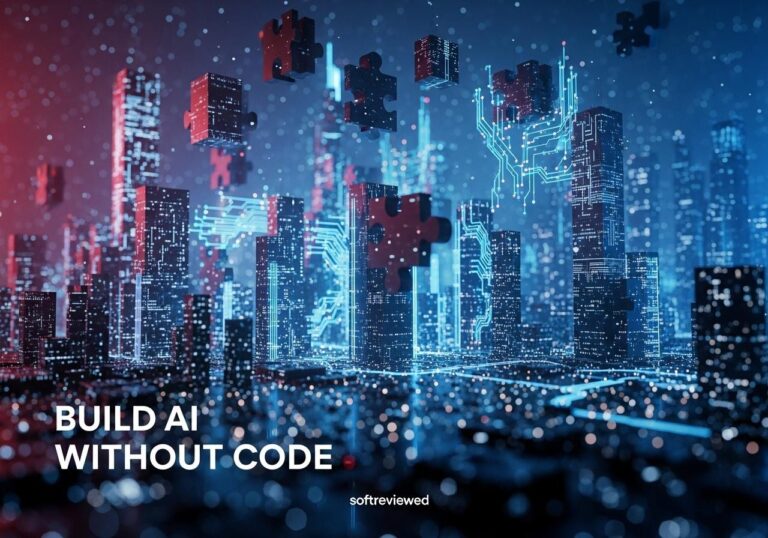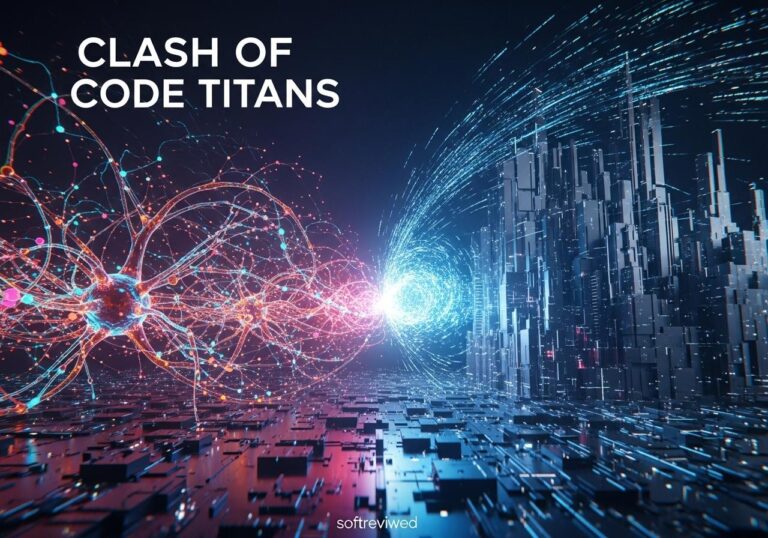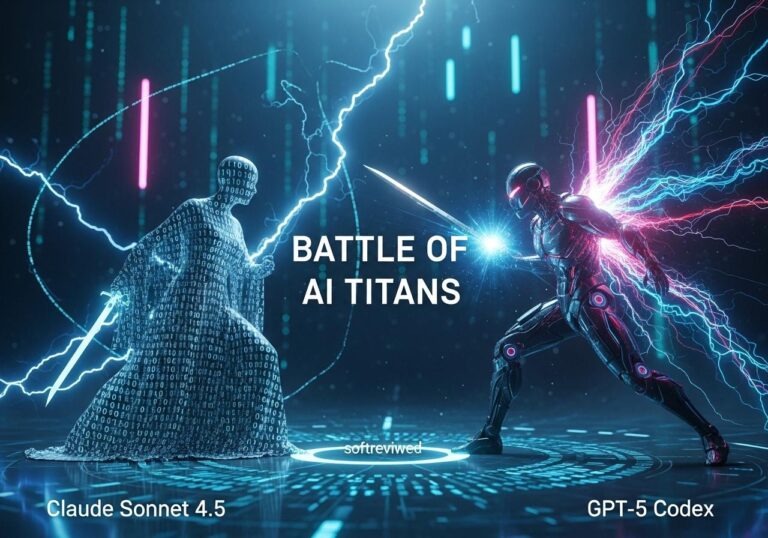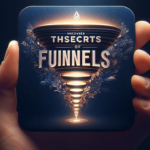Perplexity Sonar: Next-Gen AI Search
Powered by Meta’s Llama 3.3 70B model, delivering revolutionary search capabilities
Model Architecture
Powered by Meta’s Llama 3.3 70B model, Sonar delivers rapid and high-quality search results with state-of-the-art performance.
Superior Performance
Outperforms GPT-4o mini and Claude 3.5 Haiku in user satisfaction, rivaling premium models like GPT-4o and Claude 3.5 Sonnet.
Ultra-Fast Speed
Processes 1,200 tokens per second using Cerebras Systems’ Wafer Scale Engines, making it nearly 10 times faster than competitors.
Enhanced Accuracy
Fine-tuned for improved factual accuracy and readability, making it ideal for search applications.
Cost-Effective
Delivers high-performance search capabilities at a fraction of the cost compared to premium models.
Exclusive Access
Initially available to Perplexity Pro users, with plans for wider accessibility in the future.
Perplexity’s Sonar: The Llama 3.3-Powered AI Search Engine Outpacing GPT-4o
The landscape of AI-powered search is undergoing a significant shift, and at the forefront of this transformation is Perplexity's Sonar. Built upon Meta's robust Llama 3.3 70B language model, Sonar isn't just another search tool; it's a meticulously crafted engine designed to prioritize user satisfaction, speed, and accuracy. This article explores the innovative features of Sonar, its impressive performance metrics, and how it's challenging the dominance of established models like GPT-4o and Claude 3.5. We'll examine why Sonar is making waves in the tech community and what it means for the future of AI-driven search.
The Dawn of Sonar: A New Era for AI-Driven Search
Perplexity, an AI search engine startup, has consistently pushed the boundaries of what's possible in information retrieval. With Sonar, they're not just aiming to match the performance of leading AI models; they're striving to redefine the entire search experience. Sonar represents a move toward more user-centric AI, focusing on delivering not just results, but high-quality, readable, and factually grounded answers. This emphasis on user experience, coupled with blazing-fast speeds, marks a significant leap forward in AI search technology.
Llama 3.3: The Powerhouse Behind Sonar
At the heart of Sonar lies the impressive Llama 3.3 70B model. This large-scale language model provides Sonar with the capacity for advanced natural language understanding and generation. The model’s 70 billion parameters enable it to process complex queries, understand nuances in language, and generate coherent, contextually relevant responses. This isn't just about speed; it's about ensuring the search experience is both efficient and reliable. 🚀
Sonar's Performance: Speed and Accuracy Redefined
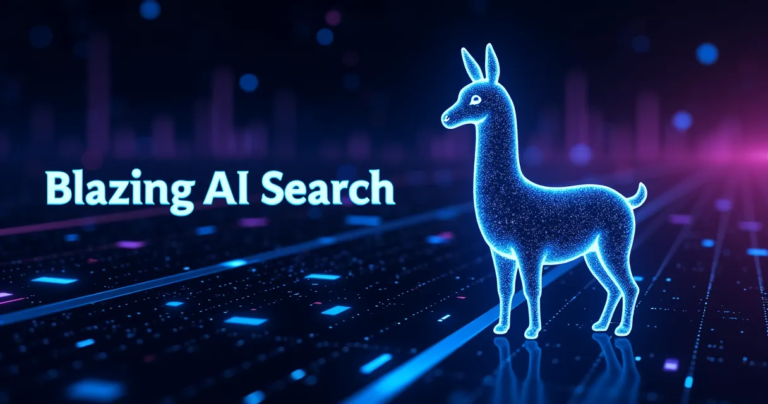
Sonar isn't just another contender in the AI search space; it's setting a new standard for performance. Its ability to quickly process and return accurate information is a key differentiator, positioning it as a leader in the field. Perplexity has meticulously fine-tuned Sonar to meet the demands of the modern information age, where quick and reliable answers are crucial.
Blazing-Fast Token Processing: 1200 Tokens Per Second
One of Sonar's standout features is its incredible speed, capable of processing 1200 tokens per second. This impressive throughput is made possible by leveraging Cerebras' cutting-edge AI inference infrastructure. This speed is not just an incremental improvement; it's a paradigm shift, offering near-instantaneous answer generation. For users, this translates to quicker access to information and a smoother search experience. The speed increase is nearly 10 times faster than comparable models like Gemini 2.0 Flash. This is a game changer in terms of efficiency and real-time information retrieval. ⚡️
User Satisfaction: Sonar's Key Advantage
Perplexity has placed user satisfaction at the core of Sonar's design. Extensive A/B testing reveals that Sonar significantly outperforms models like GPT-4o mini and Claude 3.5 Haiku in terms of user satisfaction. This isn't simply about being fast; it's about delivering answers that are accurate, well-structured, and easy to understand. The results showcase a clear user preference for Sonar. ✅
Factuality and Readability: The Cornerstones of Sonar's Success
Sonar's high user satisfaction rates can be attributed to its strong performance in two critical areas: factuality and readability.
- Factuality: Sonar excels at grounding its answers in verified search results. It's designed to handle conflicting information and fill in knowledge gaps with accuracy. Advanced verification algorithms ensure the highest standards of factual correctness. 📌
- Readability: The model is fine-tuned to provide concise yet comprehensive answers, using intelligent markdown formatting to present information clearly. This focus on readability makes complex information accessible and engaging. 📌
These two pillars form the foundation of a search experience that is both trustworthy and user-friendly.
How Sonar Stacks Up Against the Competition
The AI search market is crowded, but Sonar has managed to carve out a unique position for itself by excelling where it matters most: user satisfaction, speed, and accuracy.
Sonar vs. GPT-4o and Claude 3.5: A Comparative Look
When comparing Sonar to industry giants, the results are compelling. While it closely matches or surpasses top models like GPT-4o and Claude 3.5 Sonnet in user satisfaction, it significantly outperforms GPT-4o mini and Claude 3.5 Haiku. This isn't just about being "good enough"; it's about delivering a superior experience at a fraction of the cost and with significantly enhanced speed. This competitive edge is what makes Sonar a compelling alternative in the market.
User Satisfaction Metrics: Sonar Takes the Lead
The data speaks for itself: In user satisfaction metrics, Sonar is not just keeping pace; it's leading the charge. It surpasses GPT-4o mini and Claude 3.5 Haiku by a substantial margin. It also outperforms Claude 3.5 Sonnet and closely approaches the performance of GPT-4o, all while being significantly faster. The implications of this data are clear: Sonar offers a potent combination of performance and efficiency, making it a serious contender in the AI search space. 📈
Here's a comparison table to illustrate Sonar's competitive positioning:
| Feature | Sonar (Perplexity) | GPT-4o (OpenAI) | Claude 3.5 Sonnet (Anthropic) | GPT-4o mini (OpenAI) | Claude 3.5 Haiku (Anthropic) |
|---|---|---|---|---|---|
| User Satisfaction | High | Very High | High | Lower | Lower |
| Speed | 1200 tokens/sec | Slower | Slower | Slower | Slower |
| Factuality | High | Very High | High | Lower | Lower |
| Readability | High | High | High | Moderate | Moderate |
How Does Perplexity Sonar Compare to Other Affordable AI Options for Developers?
Perplexity Sonar stands out in the crowded landscape of affordable AI solutions, offering unique features that enhance development efforts. With its user-friendly interface and robust capabilities, developers can streamline their projects effectively. To maximize capabilities, many are keen to discover the best affordable ai tools for developers that complement their workflows.
Real-World Applications and User Experience
Sonar is not just a concept; it's a practical tool being utilized to enhance AI-driven search. Perplexity Pro users can now set Sonar as their default model, signaling its readiness for everyday use. This integration highlights the model’s efficiency and reliability for handling diverse user needs. Sonar's real-world applications are rapidly expanding.
Sonar API: Powering a New Generation of AI Tools
The availability of the Sonar API is a significant development, enabling developers to integrate its powerful search capabilities into their own applications. This access empowers developers to build a new generation of AI tools that benefit from Sonar’s speed, accuracy, and user-focused design. Perplexity is providing a platform for others to innovate, and Sonar is at the heart of this progress. For developers looking for a more affordable alternative, Sonar API offers a cost-effective solution. You can find more detailed information about integrating the API into your workflow on the official Perplexity API documentation.
What's Next for Sonar? The Future of AI Search is Here
The evolution of Sonar is ongoing. Perplexity is not resting on its laurels; it is actively working on further enhancements, with voice and assistant capabilities soon to be available. This continuous improvement is a testament to Perplexity's commitment to user satisfaction and its determination to stay at the forefront of the AI search industry. Sonar's journey is just beginning, and its impact on the future of AI search will undoubtedly be significant. ➡️
How Does Perplexity Sonar’s Performance Compare to Google Deep Research in Delivering AI Search Results?
When evaluating AI search capabilities, Google’s Deep Research has long set the standard. However, with the emergence of players like Perplexity, the landscape is shifting. As users demand more intuitive results, Google’s deep research: perplexity’s emerging competition offers innovative features that challenge traditional search paradigms, enhancing user experience.
Sonar: A New Benchmark for AI Search
Perplexity's Sonar is a powerful testament to the potential of specialized AI models. By focusing on user satisfaction, speed, and accuracy, it is challenging established leaders like GPT-4o and Claude. It signals a shift towards more practical, efficient, and user-centric AI applications. Sonar isn't just a product; it represents a new standard for AI search, showcasing the impact of thoughtful design and powerful underlying technology. It's a beacon for what the future of AI search can be, and it's clear that Perplexity is leading the way.
AI Language Model Development Timeline
Timeline showing the progression of major AI language model releases and their estimated parameters (in billions).

